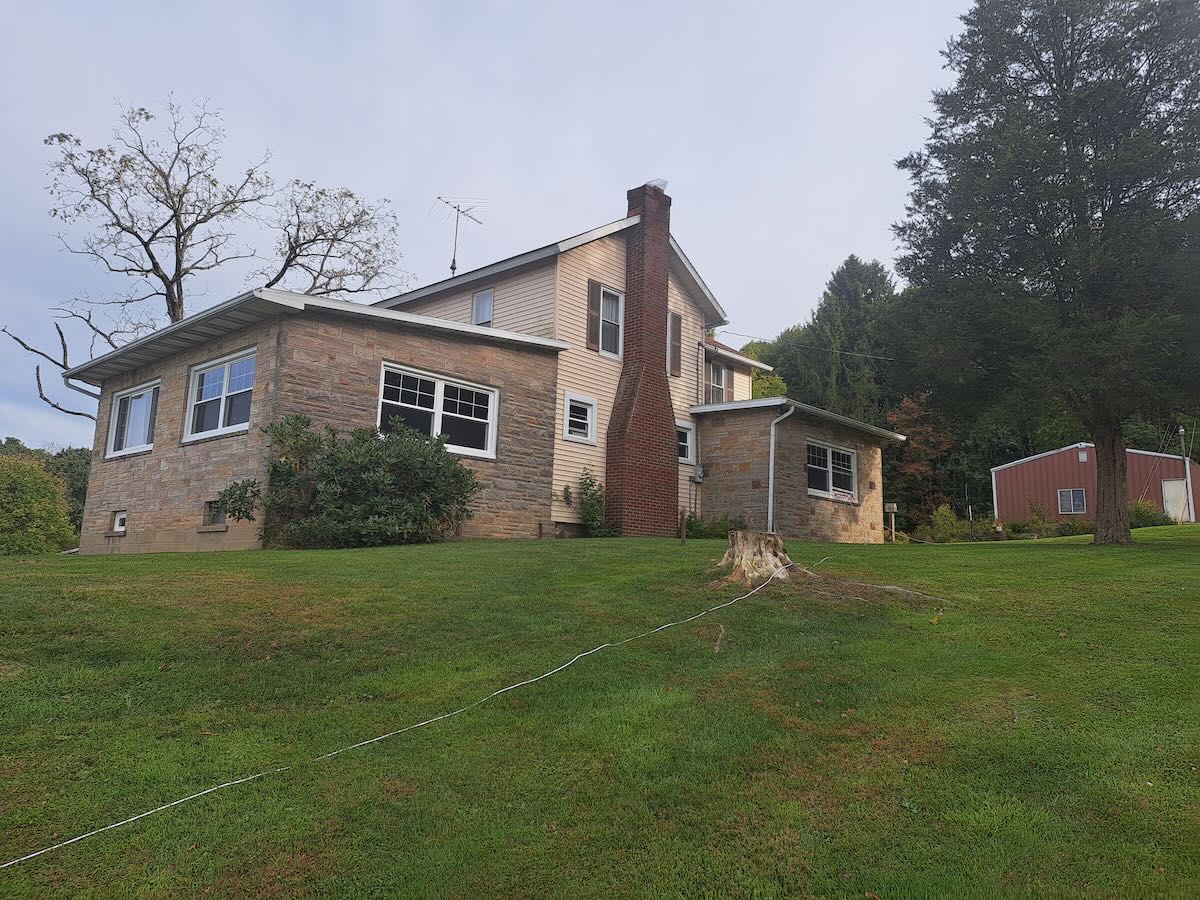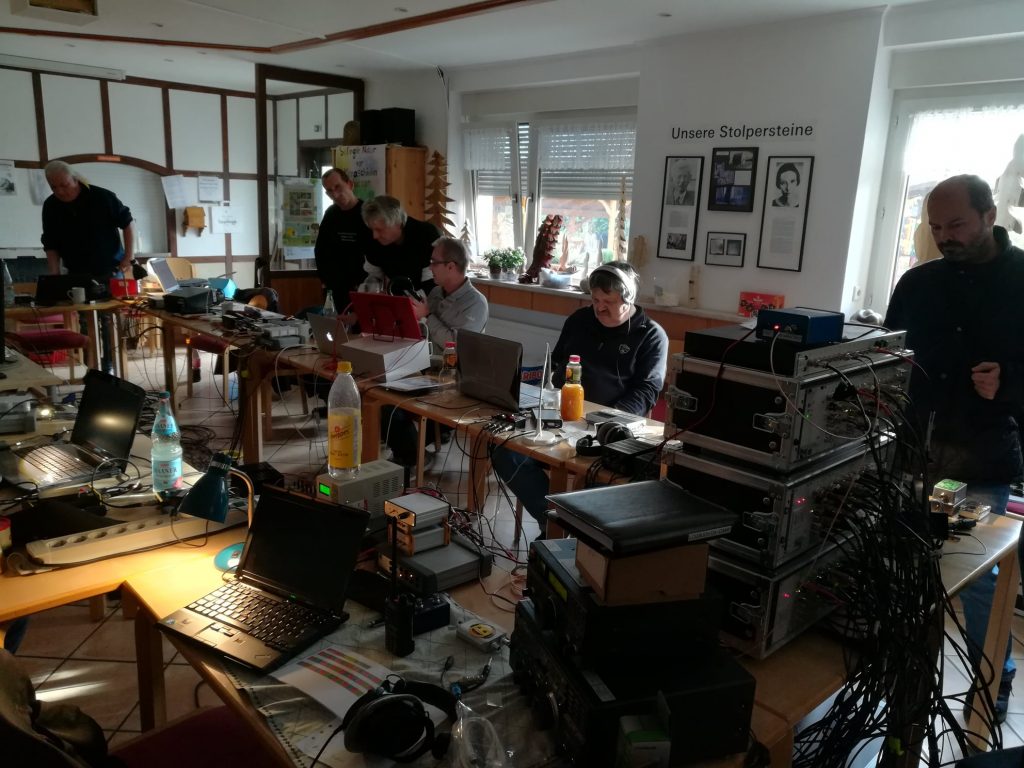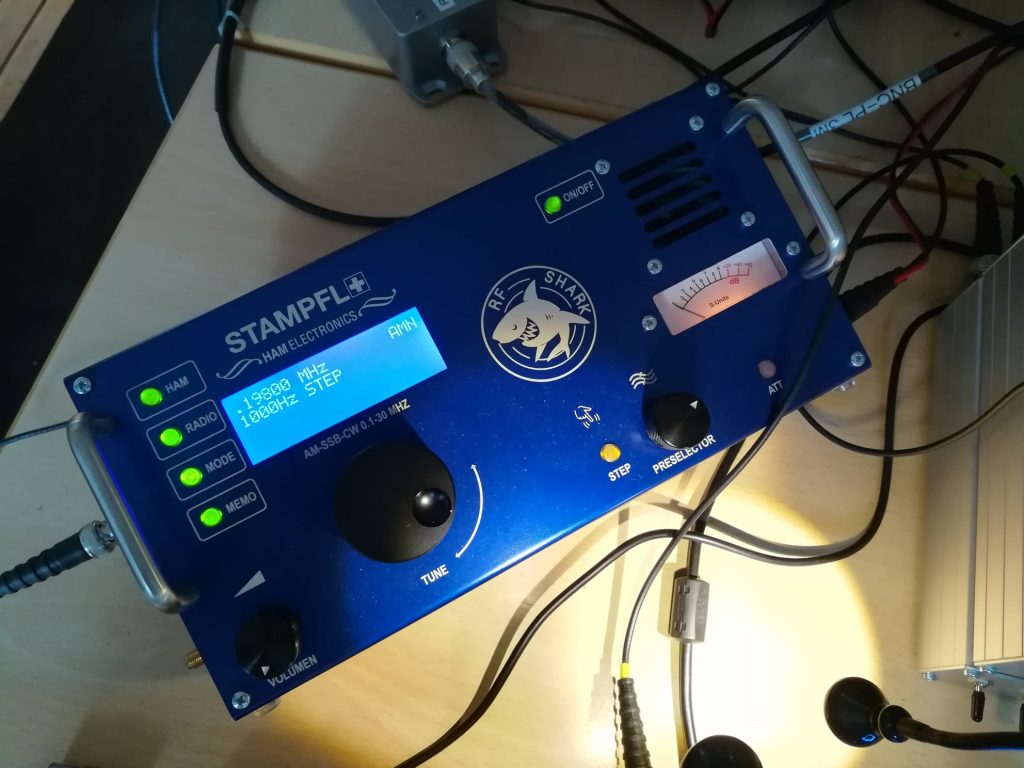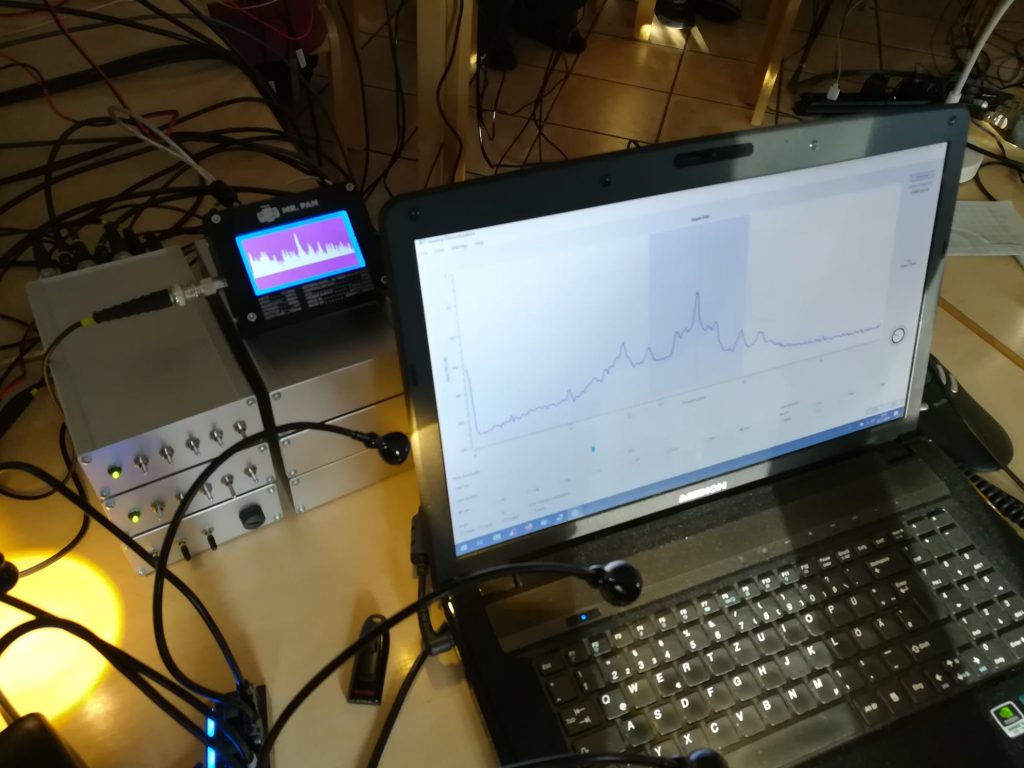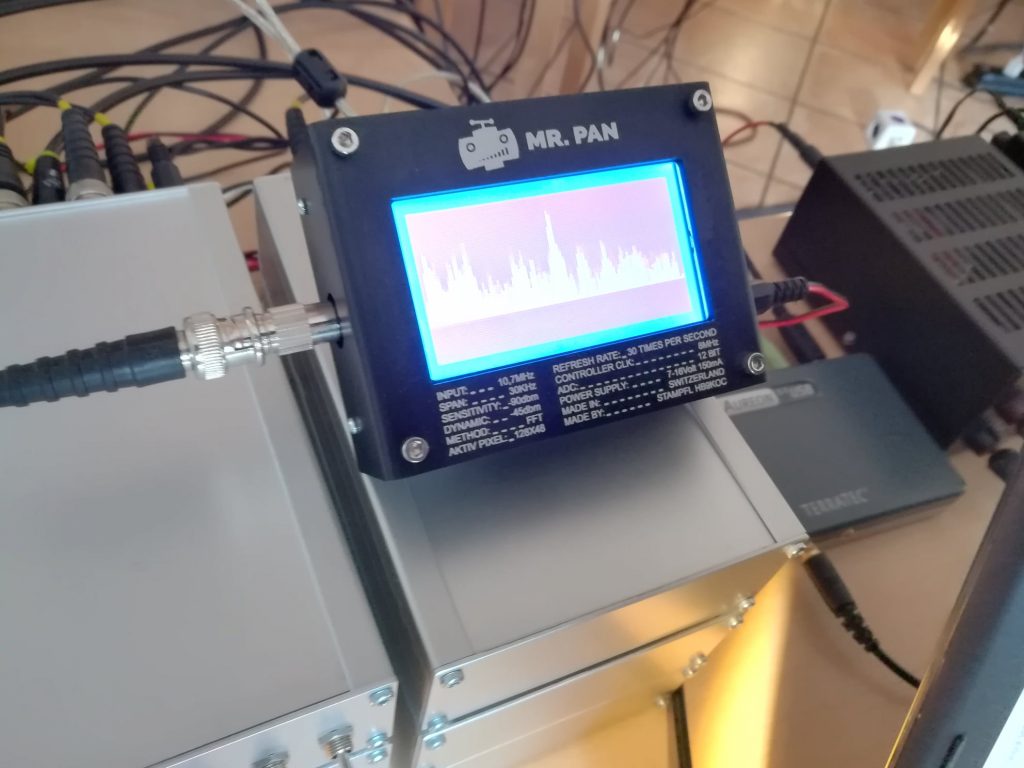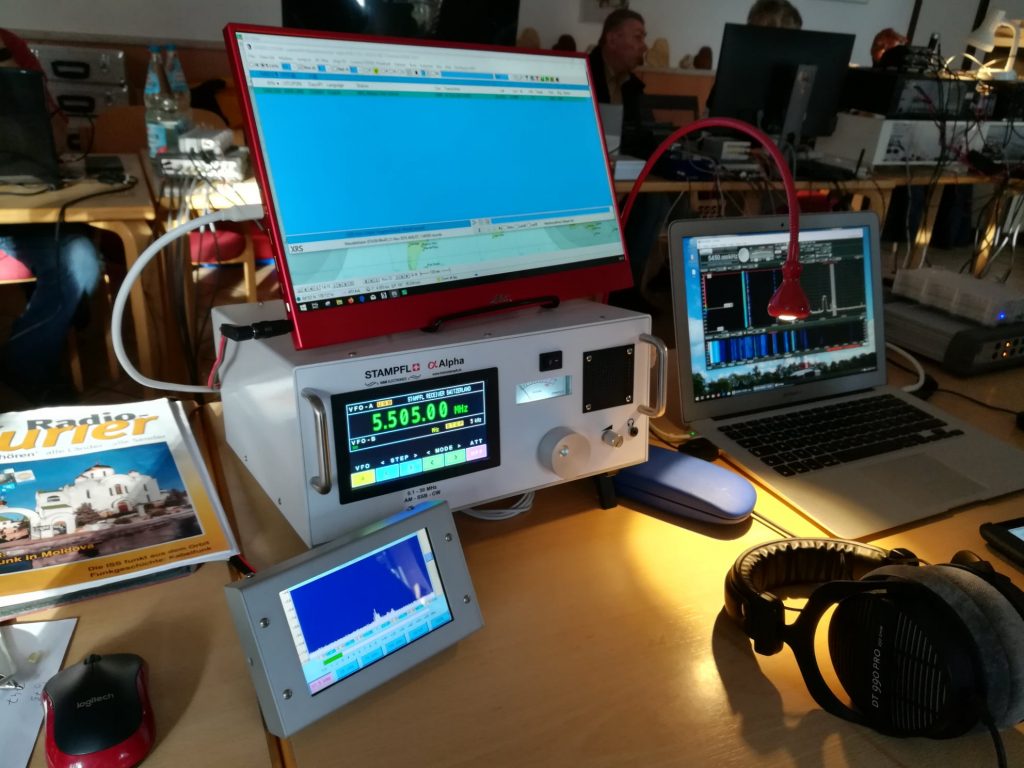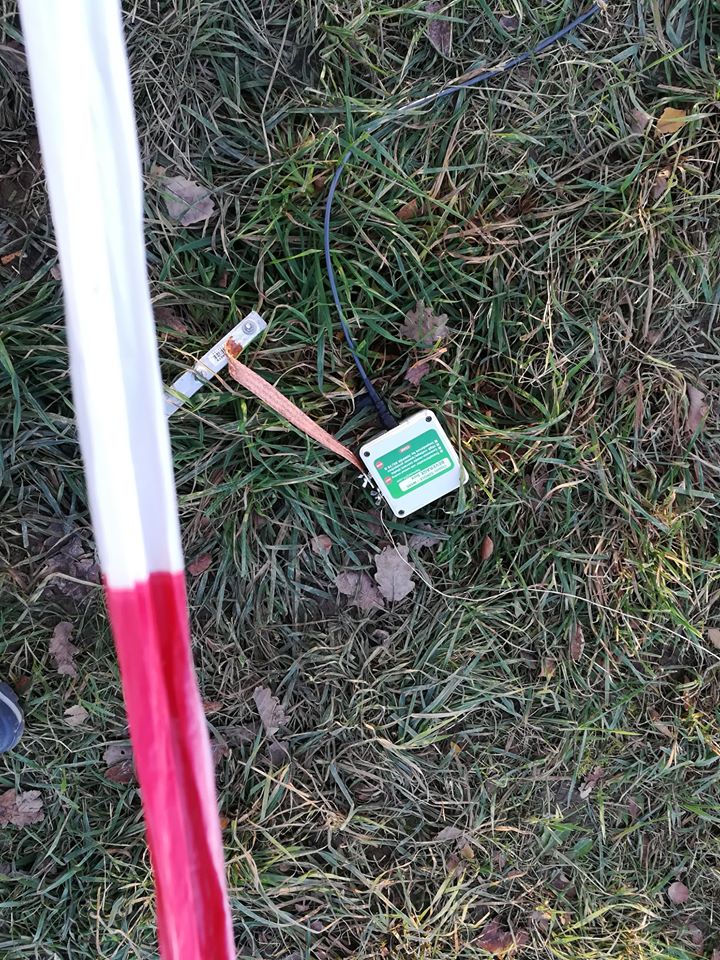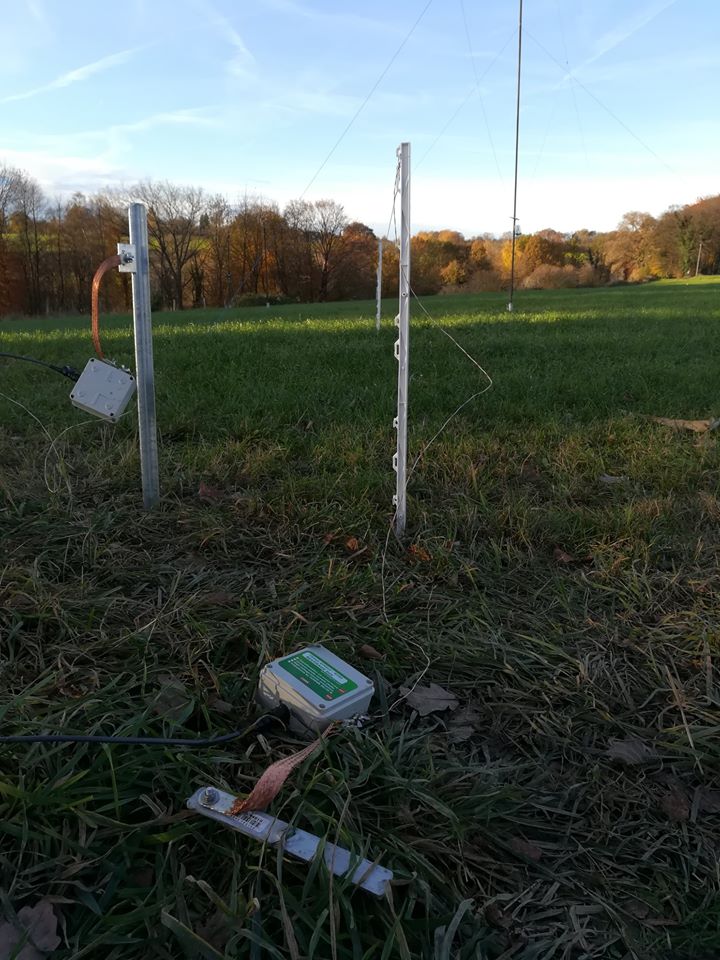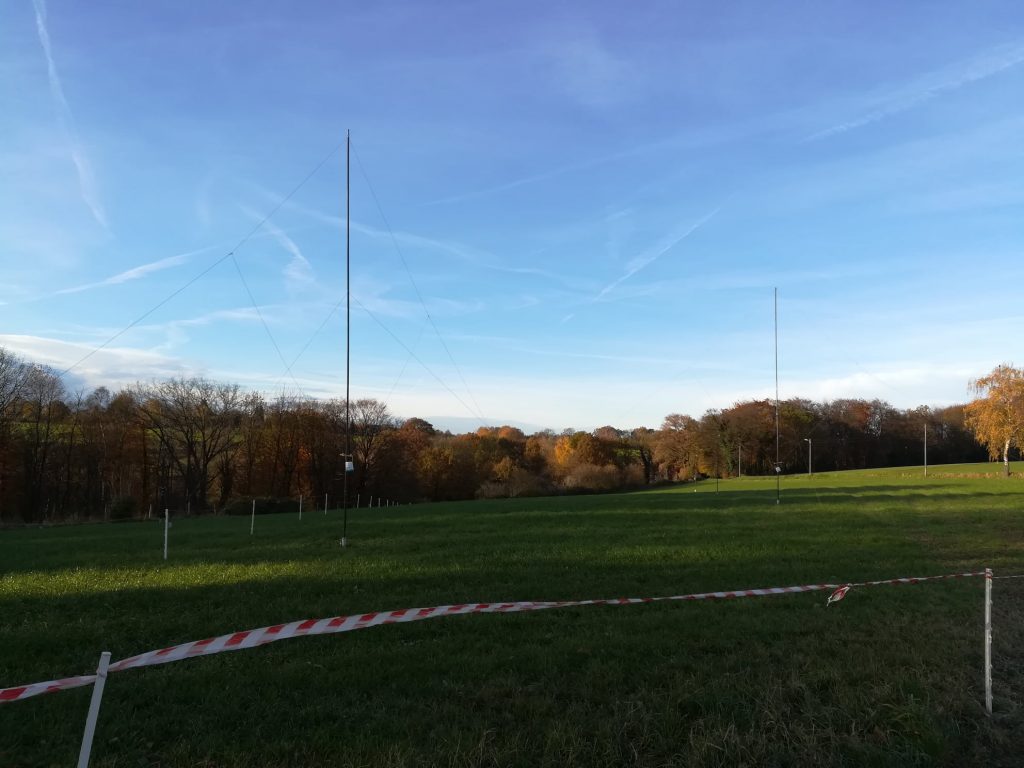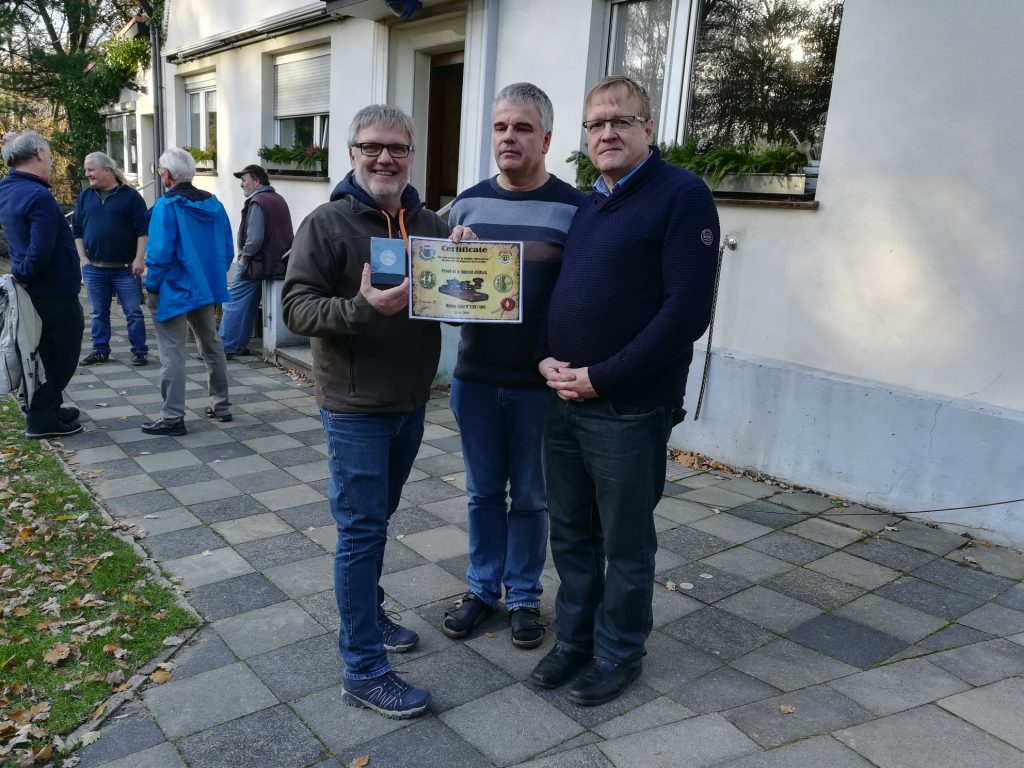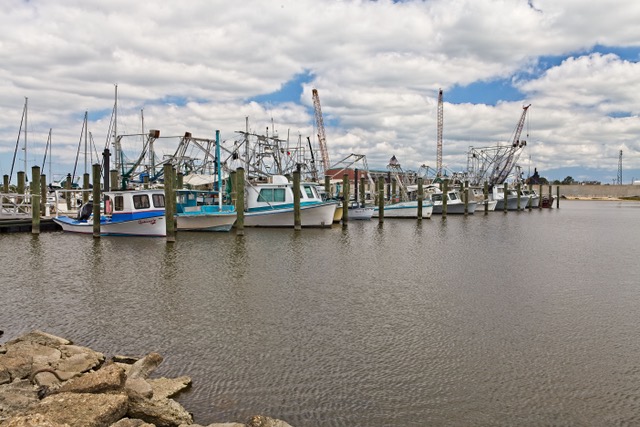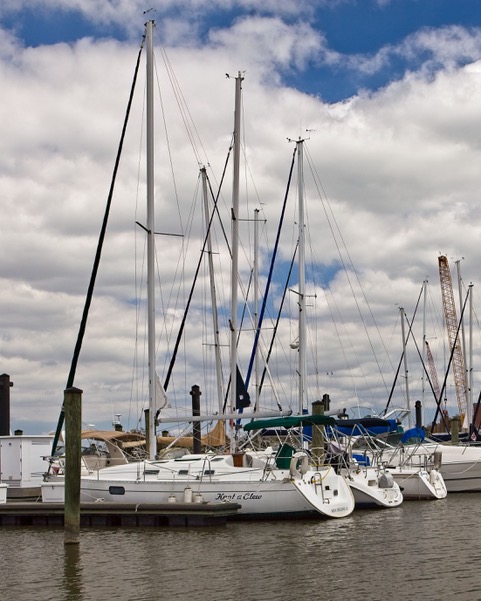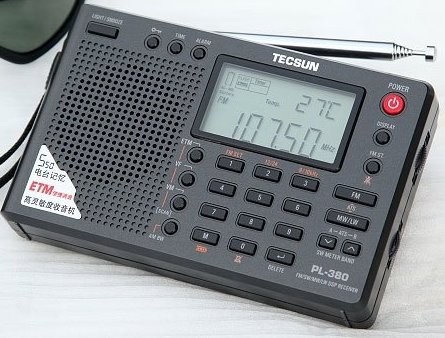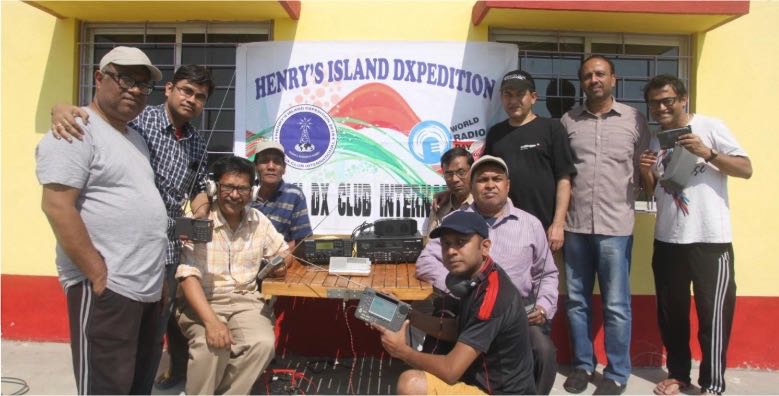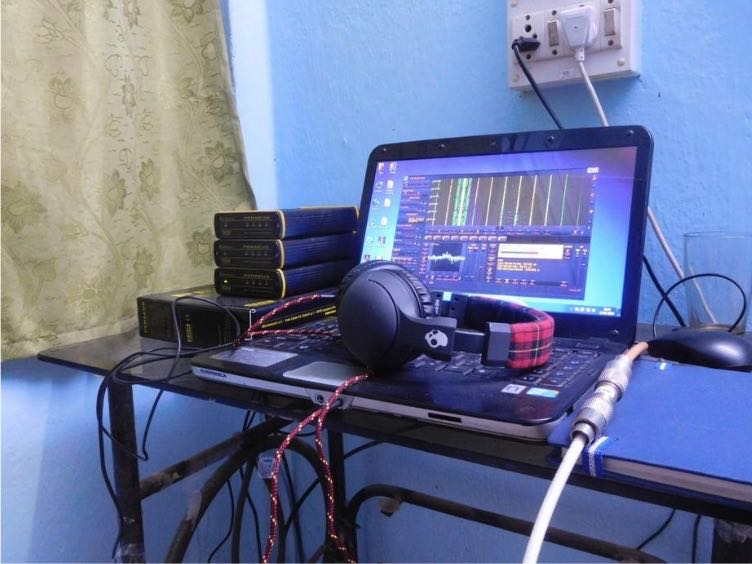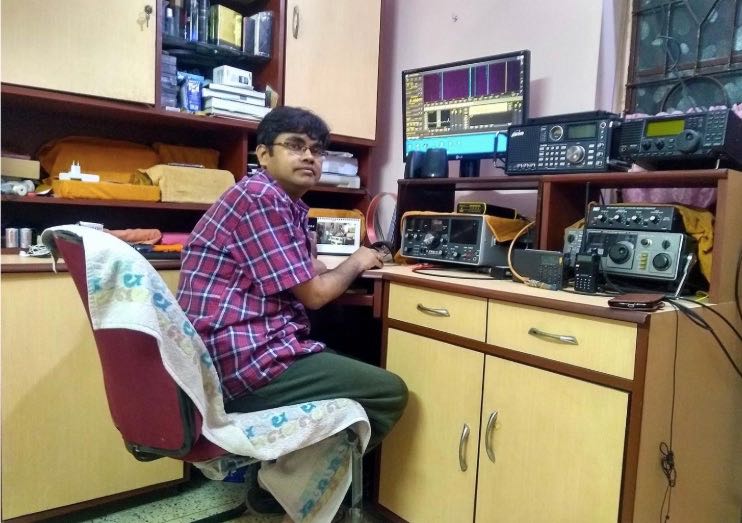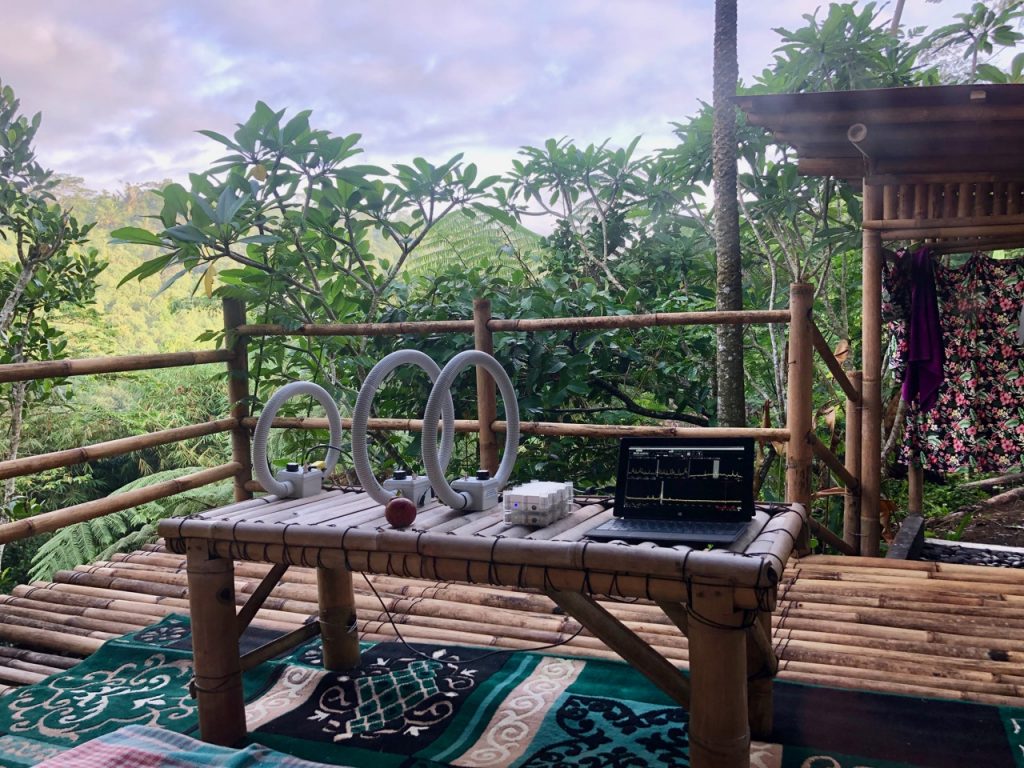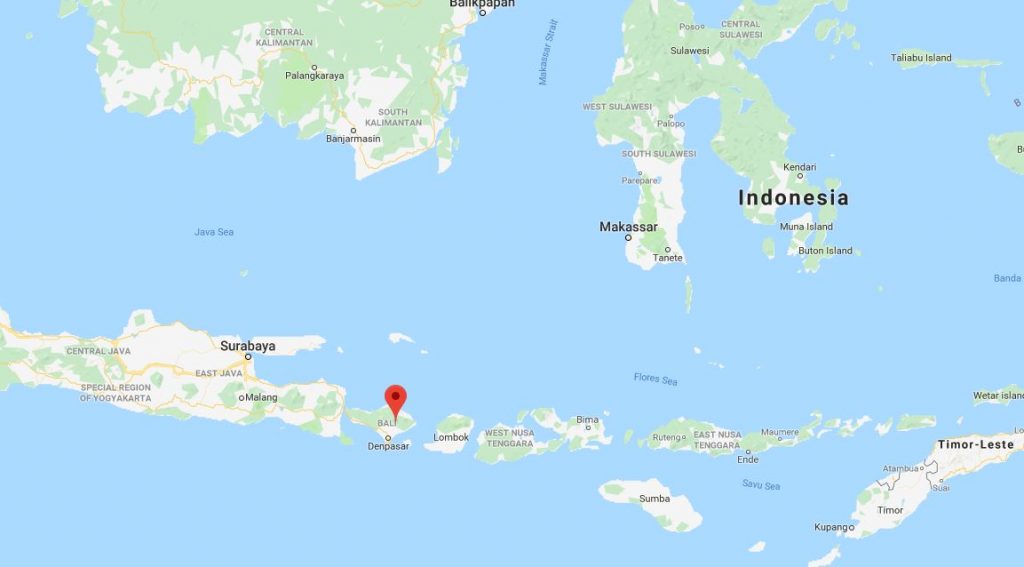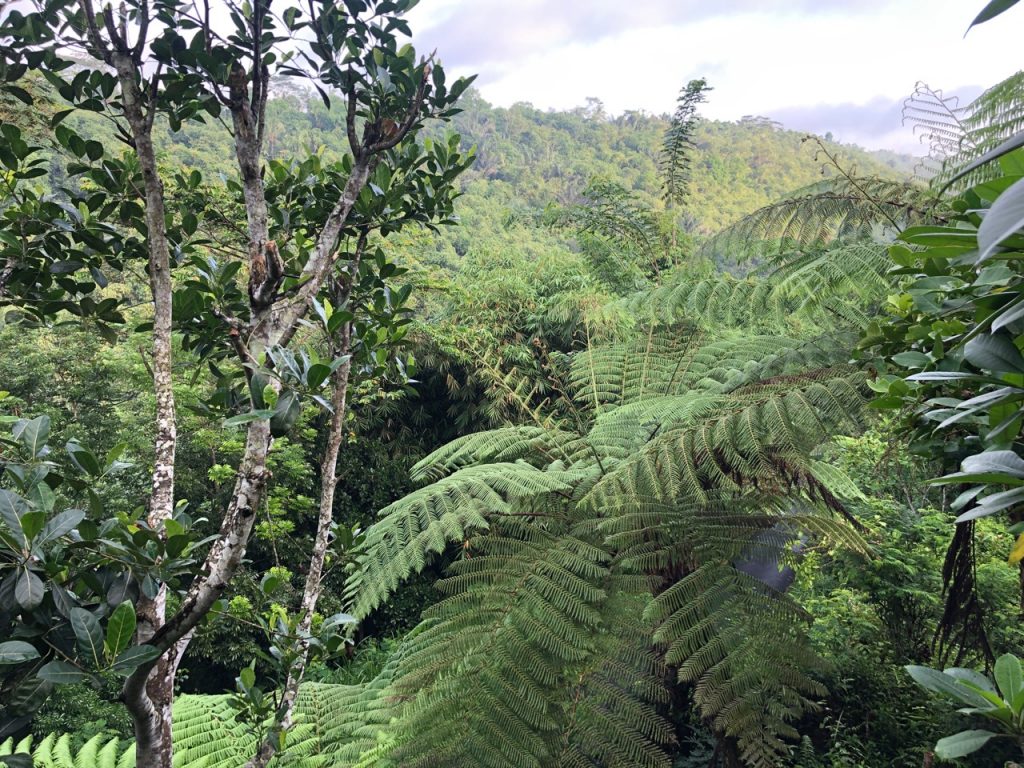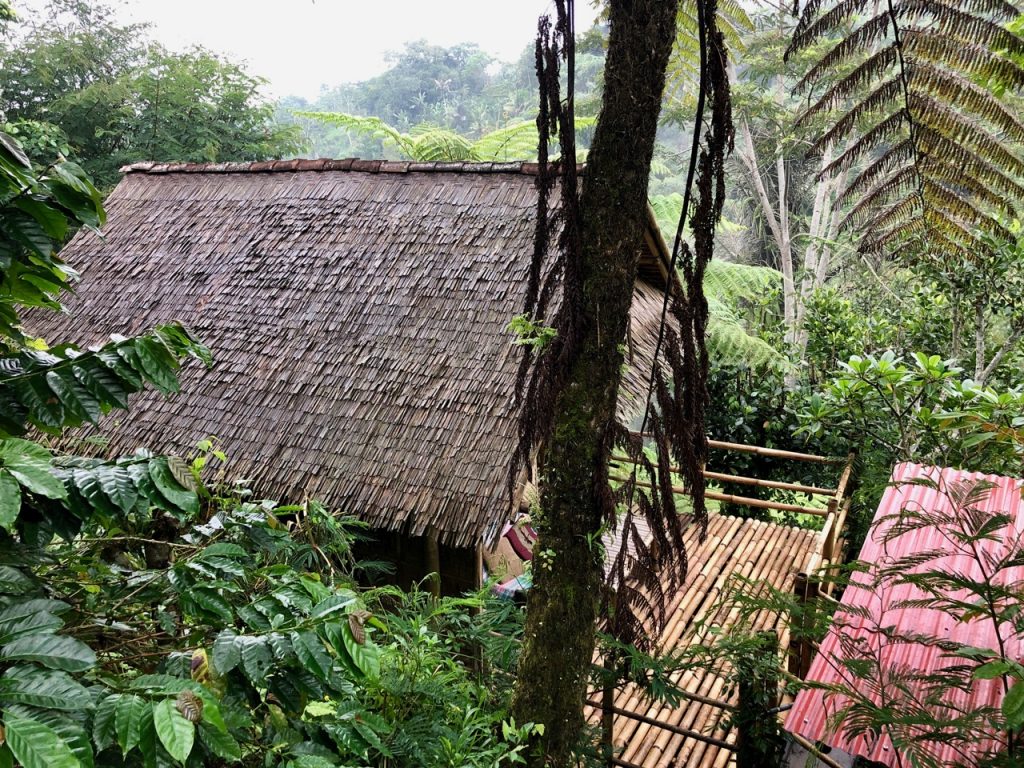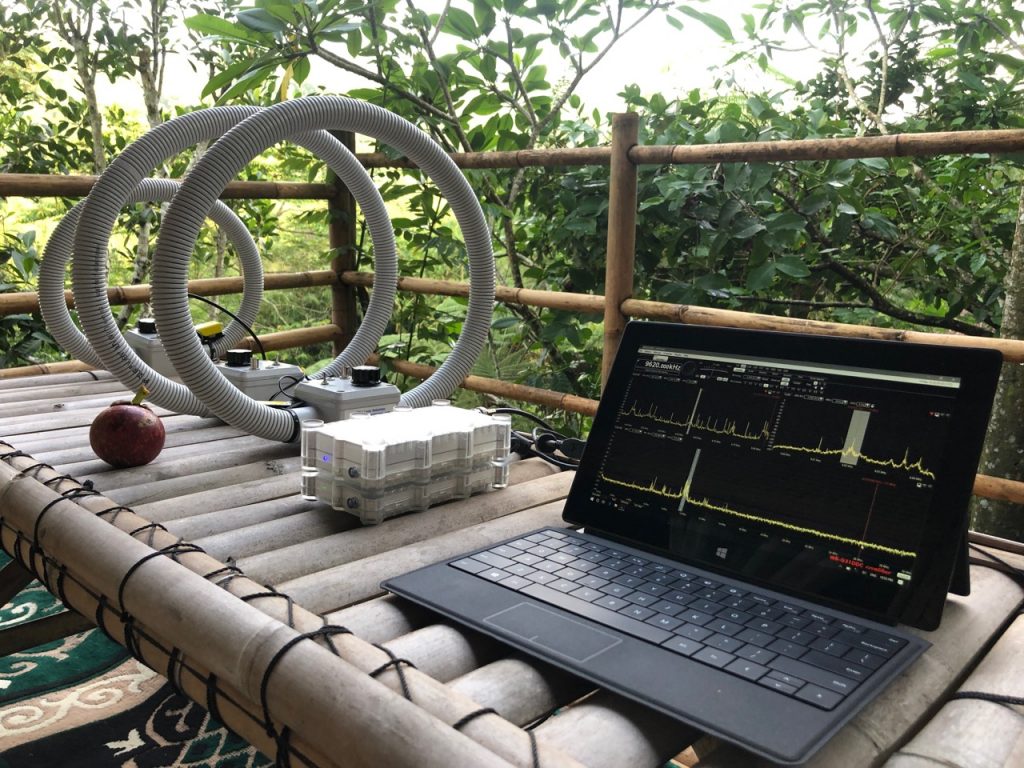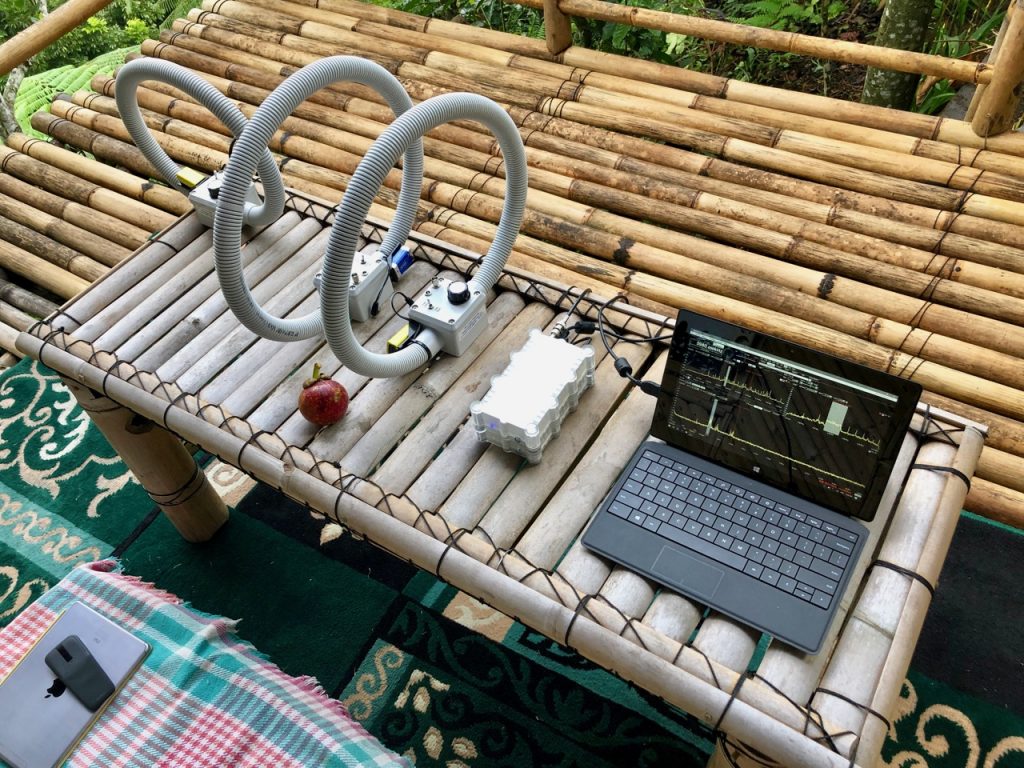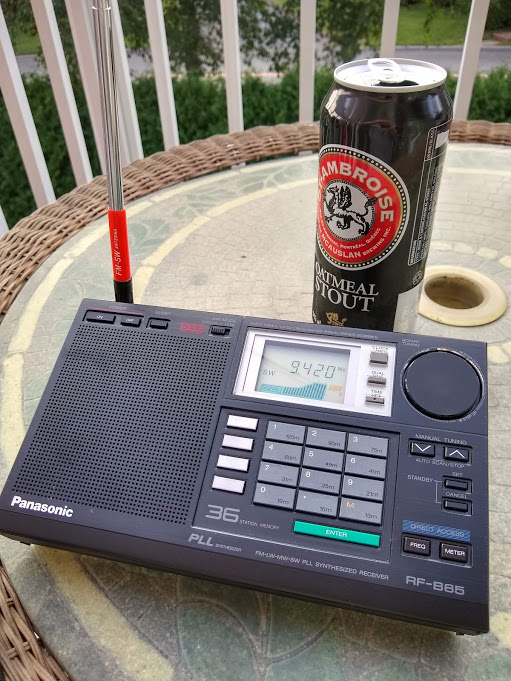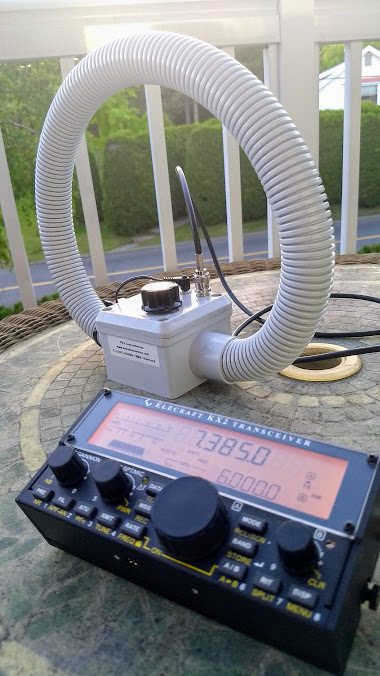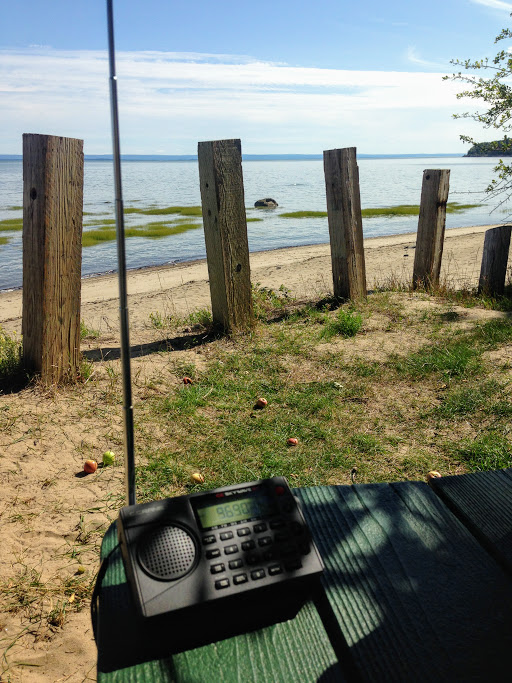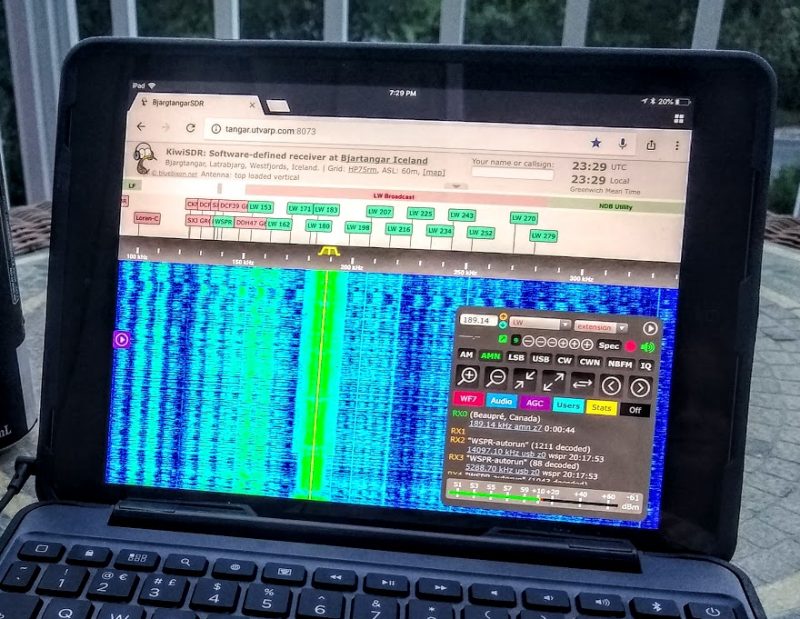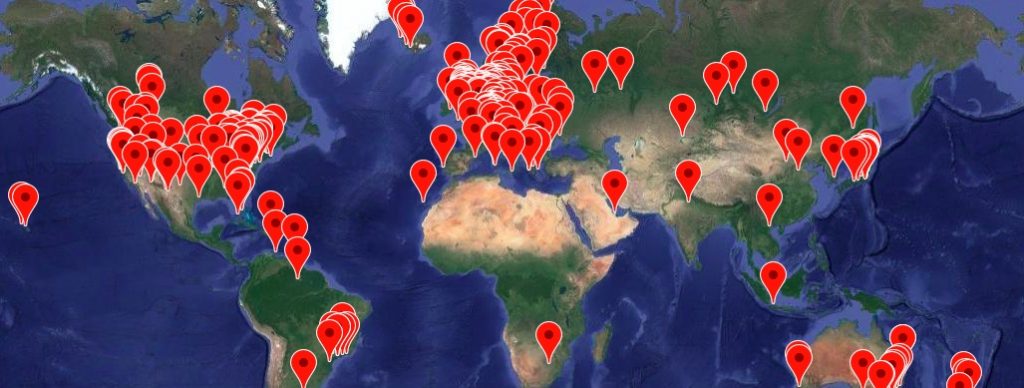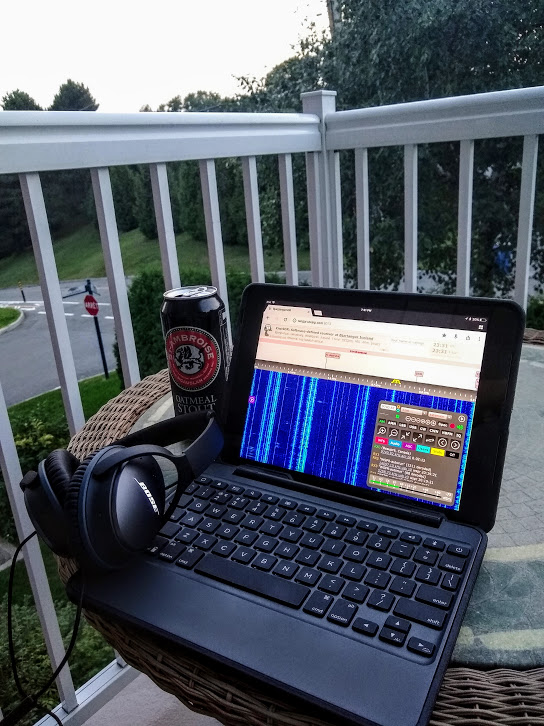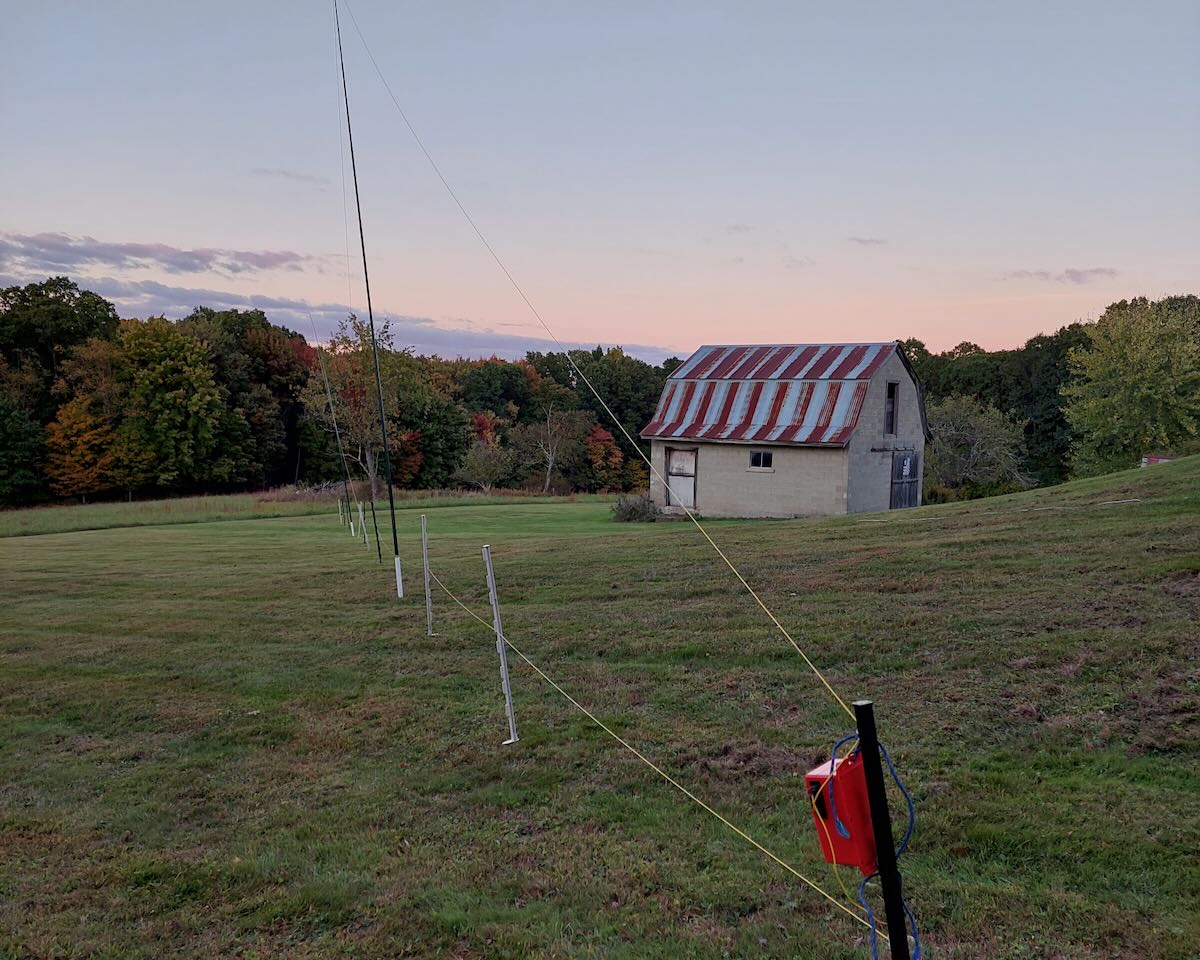 Many thanks to SWLing Post contributor, Don Moore–noted author, traveler, and DXer–for the following guest post:
Many thanks to SWLing Post contributor, Don Moore–noted author, traveler, and DXer–for the following guest post:
A DXpedition to East Sandy
By Don Moore
When I was in college over forty years ago, seven of us had a small DX club in central Pennsylvania. A couple of times a year we would gather at the house of one of our parents for an all-night DX session. We shared tips and ideas, had fun, and always heard some new DX. Good DX can happen anywhere if conditions are right and most of mine over the past fifty years took place at wherever home happened to be at the time. But most of my best experiences and best memories of DXing were not made at home. They were made by getting together to DX with other hobbyists such as we did back in college.
Nowadays when I get together to DX with other hobbyists it’s to go on a DXpedition, which is nothing more than taking your receiver to a place where DXing will be better than at home because there’s less noise and you can erect better antennas. Simple DXpeditions can be done from cars. My old friend Dave Valko used to go on what he called micro-DXpeditions. He drove to a remote spot in the mountains not far from town, laid out a few hundred feet of wire, and then DXed from his car for a couple hours. He frequently did this around dawn and around sunset and got some great DX. I know several other DXers that do this today, either at countryside locations or in large parks.
I’ve done micro-DXpeditions a few times. It’s fun but it always lacks an important element: other DXers. For me, the best DXpeditions aren’t just about hearing interesting stuff (although that is very important). They are also about sharing the hobby with other interested friends. And the best way to do that is to go on a real DXpedition with them.
For three years in a row prior to the pandemic a group of eight of us had rented a lodge in rural central Ohio for an annual DXpedition. Covid shelved our plans for 2020 but by the summer of 2021 we were all looking forward to a fourth DXpedition in September. Then another wave of covid swept across the country and we canceled a few weeks before the event. Fortunately, the worst of those days are behind us and we finally had our fourth DXpedition the first week of October of this year. Unfortunately, only five of us could make it – Ralph Brandi, Mike Nikolich, Andy Robins, Mark Taylor and I.
For four nights our DXpedition home was the same place in western Pennsylvania that we had canceled at in 2021. The location was a rural house on the bluffs overlooking the Allegheny River near the old East Sandy railroad bridge (now a hiking trail). It’s always a gamble going to a new place chosen solely based on the AirBnB listing and other information found online. But this site had all the appearances of being a good place to DX from. The pictures and Google satellite view showed that there were trees around the house and large nearby open fields surrounded by woodland. The terrain was relatively flat when viewed on 3D satellite view. We would have plenty of space for a variety of antennas. Furthermore, it didn’t look to be a noisy location. The nearest neighbor was over a quarter mile to the south and because the house was the last one on the road that powerlines stopped at the driveway. I couldn’t have done much better if I had designed the location myself.
ANTENNAS
Good antennas are the most important part of any DXpedition and erecting them is usually the most time-consuming part of set-up. Still, you never really know what’s going to fit until you’re there. I arrived at 2 p.m. and Mark pulled in a few minutes later. We immediately walked the grounds and were pleased with what we saw. Ralph arrived while we were laying out the first antenna. Mike and Andy arrived later in the afternoon in time to help finish up.
Our DXpedition antenna farm consisted of two delta loops, a DKaz, and two BOGs. The delta loops used Wellbrook ALA-100LN units and are as I described a few years ago in my article on radio travel. These are easy to erect and are good all-around antennas for anything below 30 MegaHertz. The DKaz (instructions here) is a rather complex-to-build antenna designed for medium wave. Ralph uses one at home which he had taken down for the summer to make yard work easier. He brought the pieces and put it up by himself. The two BOGs (Beverage-on-the-ground) were a 300-meter wire to the northeast and a 220-meter wire to the north. Beverages are good for long wave, medium wave, and the lower shortwave frequencies. Continue reading

